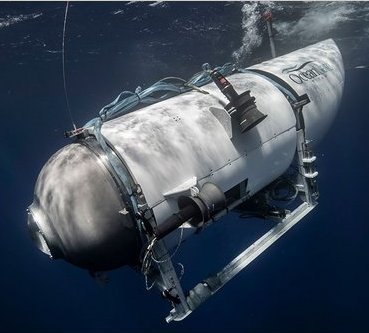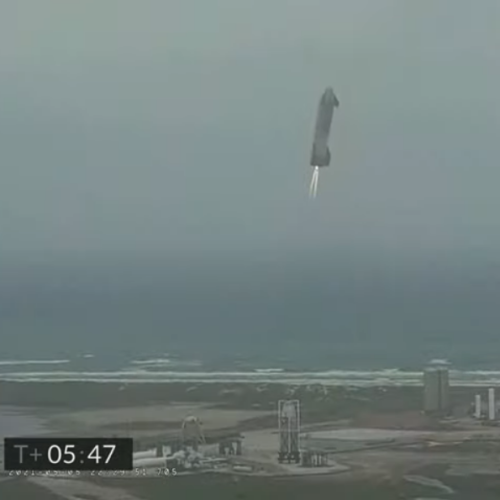Proposed exclusion zone restrictions revealed for new Sutherland spaceport in Scotland
A map of the proposed 50-square-kilometer exclusion zone that will be required for launches at the new Sutherland spaceport in Scotland has now been obtained by the Northern Times, which appears to be a local newspaper.
The zone would cover much of Melness Crofters’ Estate, and ironically it would also include a significant part of the neighbouring Eriboll Estate, owned by Danish entrepreneur Anders Holch Polvsen, who launched a failed legal challenge against the spaceport. Highland Council is in the process of finalising the details of the proposed restrictions which will then be put out for a 12-week public consultation and go before Highland councillors for final approval.
Ramblers Scotland, which promotes access to the outdoors, has said it will “carefully study” the final proposals.
Only during the launches does it appear the zone would be this large. Between launches the zone would be limited to a radius of 1.8 kilometers around the launchpads.
With twelve launches planned per year, this zone could seriously impact local activities, though how much is not clear. Not many people live in the area, and the land inside the zone is mostly used as grazing land or for recreational activities, many apparently organized by Ramblers Scotland. We should therefore expect some opposition to this plan when this zone is discussed during that 12-week public consultation time period.
A map of the proposed 50-square-kilometer exclusion zone that will be required for launches at the new Sutherland spaceport in Scotland has now been obtained by the Northern Times, which appears to be a local newspaper.
The zone would cover much of Melness Crofters’ Estate, and ironically it would also include a significant part of the neighbouring Eriboll Estate, owned by Danish entrepreneur Anders Holch Polvsen, who launched a failed legal challenge against the spaceport. Highland Council is in the process of finalising the details of the proposed restrictions which will then be put out for a 12-week public consultation and go before Highland councillors for final approval.
Ramblers Scotland, which promotes access to the outdoors, has said it will “carefully study” the final proposals.
Only during the launches does it appear the zone would be this large. Between launches the zone would be limited to a radius of 1.8 kilometers around the launchpads.
With twelve launches planned per year, this zone could seriously impact local activities, though how much is not clear. Not many people live in the area, and the land inside the zone is mostly used as grazing land or for recreational activities, many apparently organized by Ramblers Scotland. We should therefore expect some opposition to this plan when this zone is discussed during that 12-week public consultation time period.






